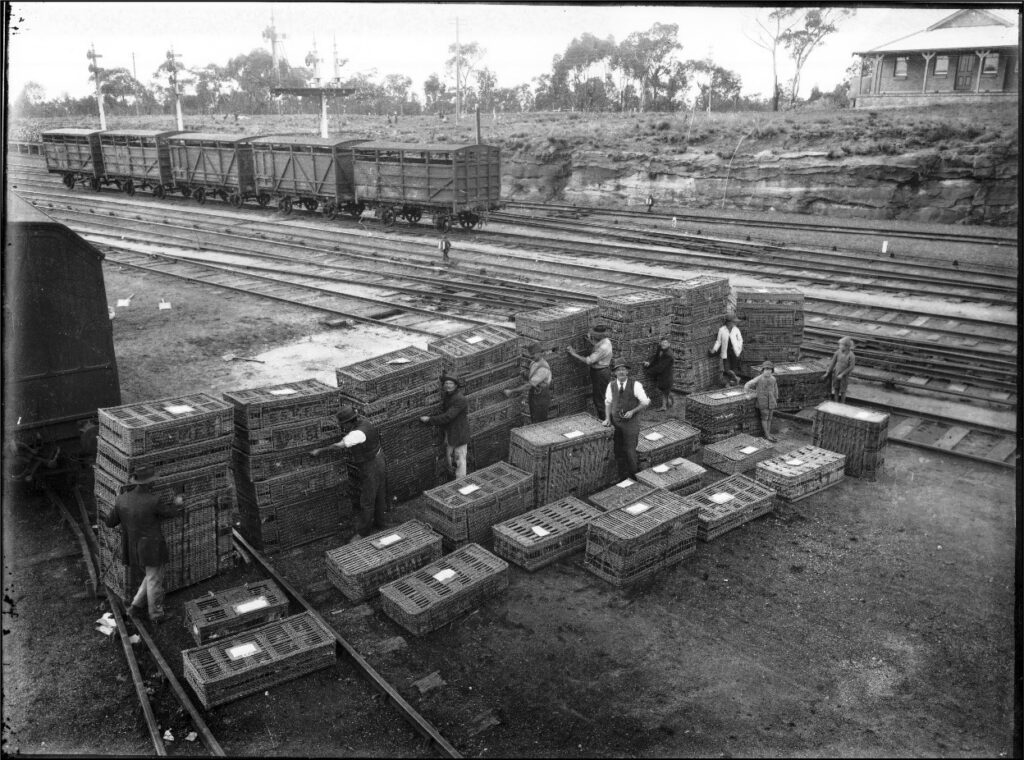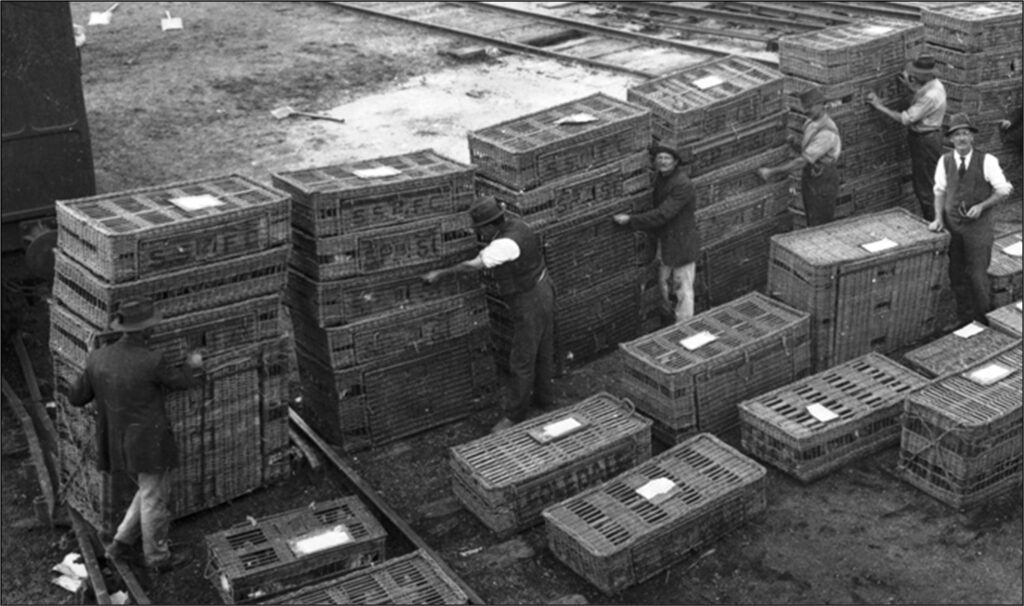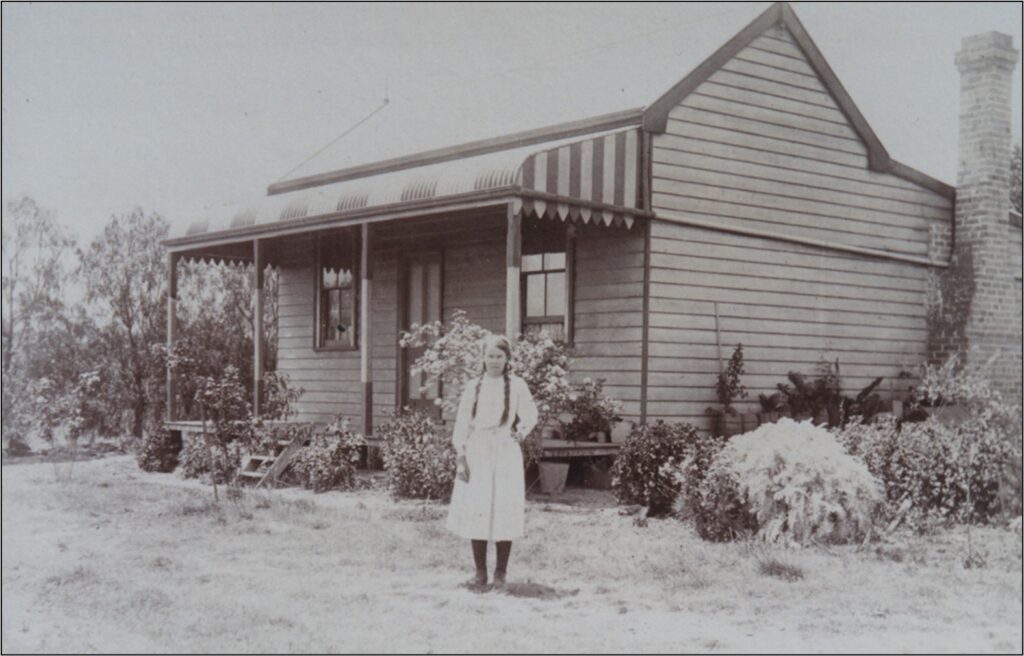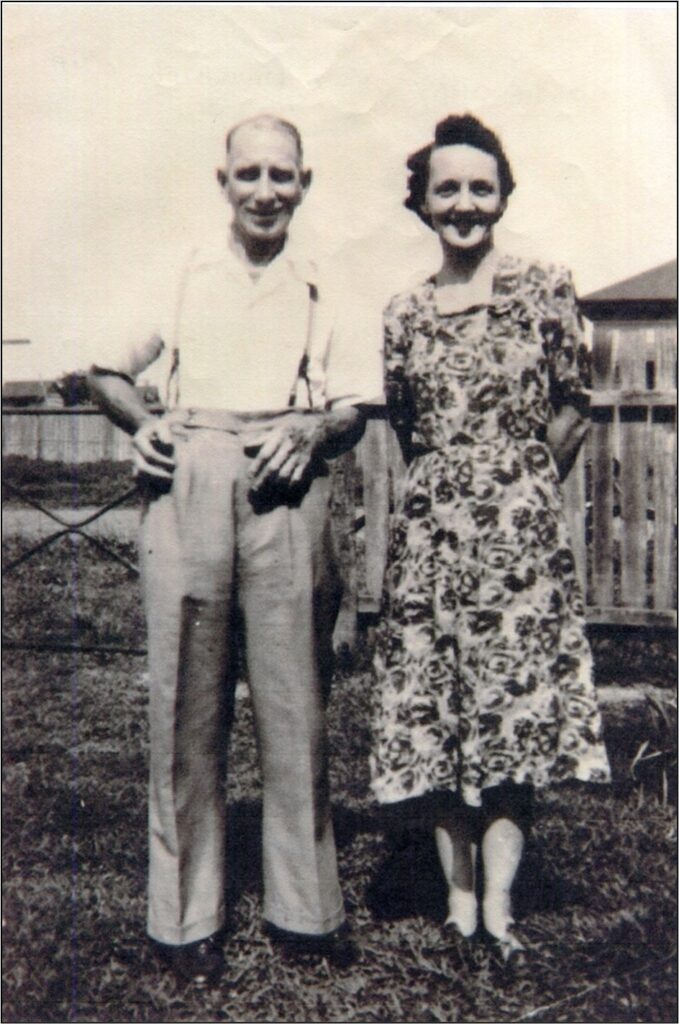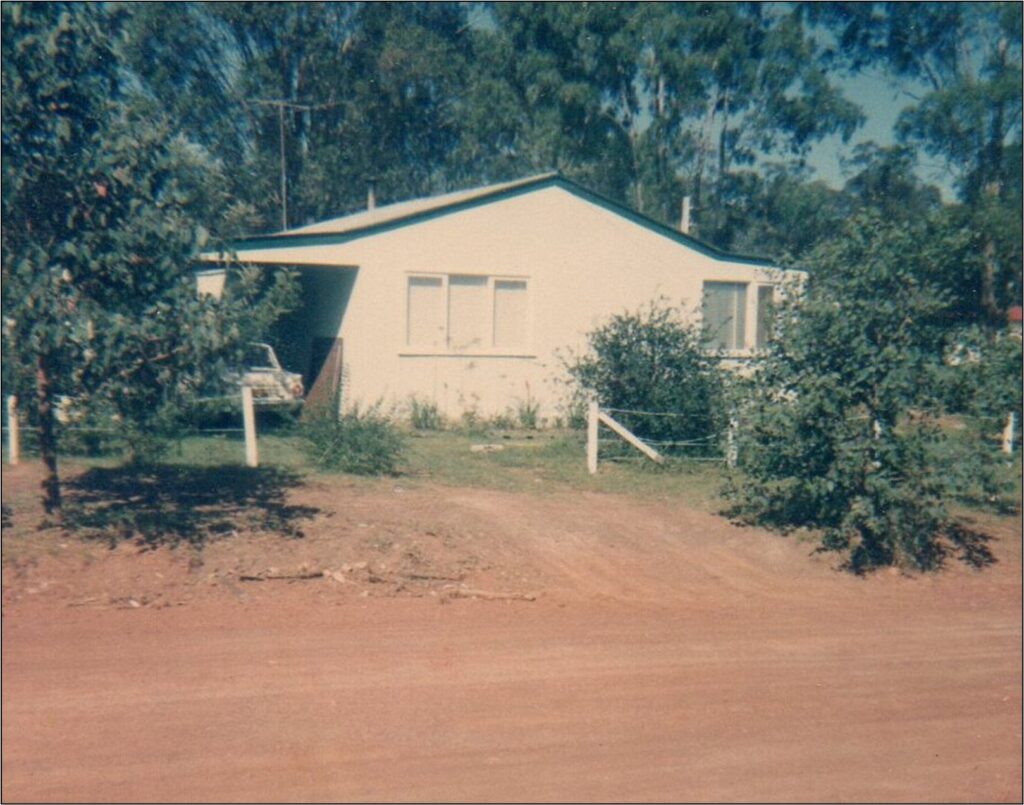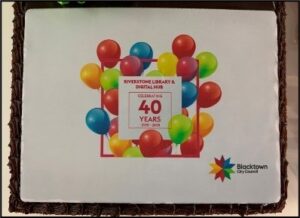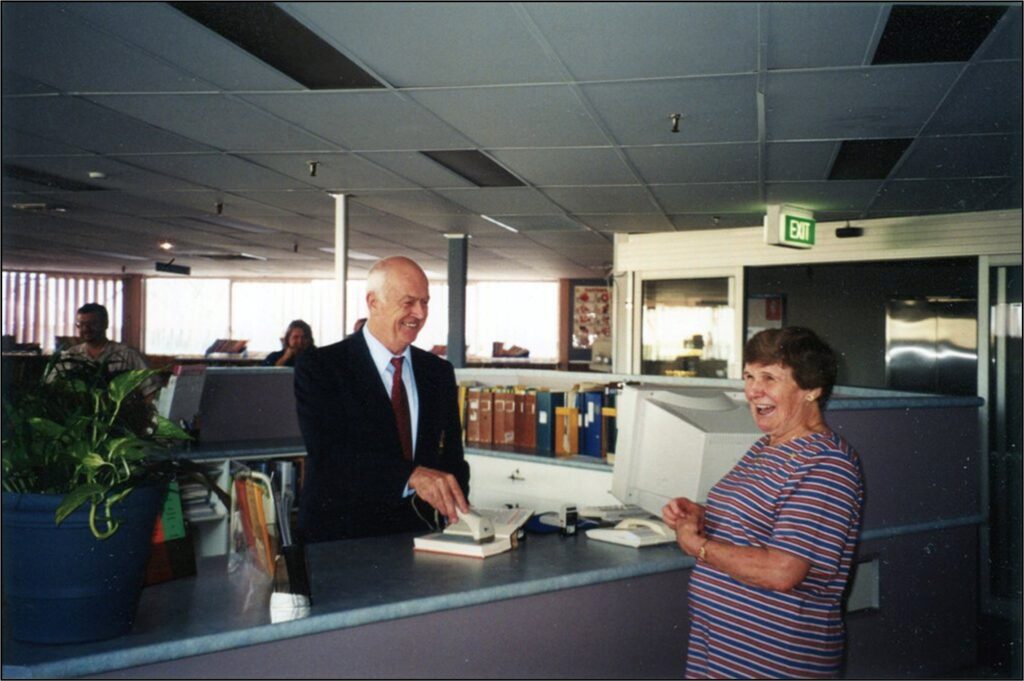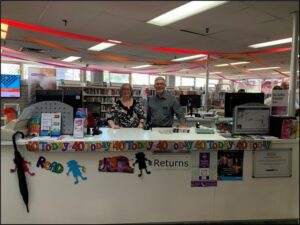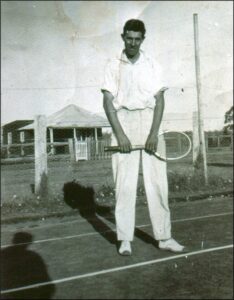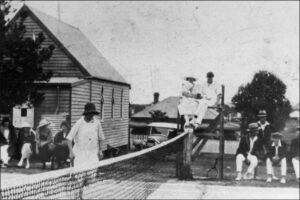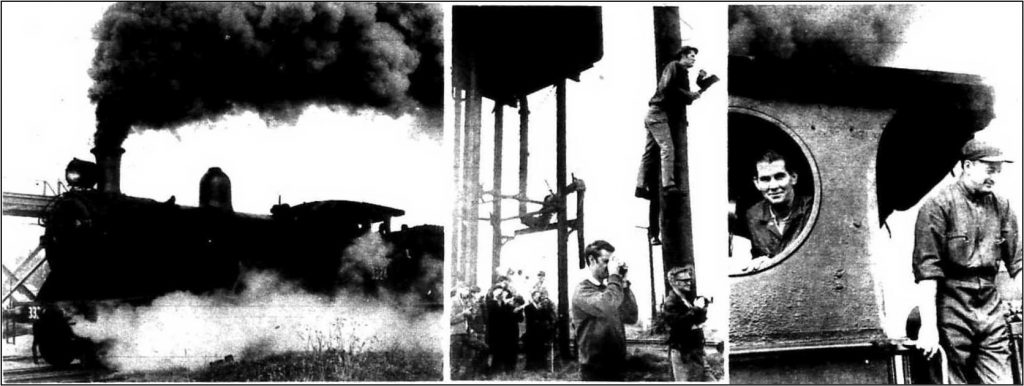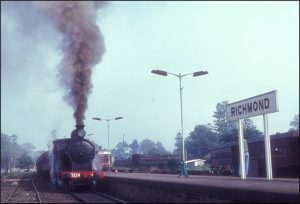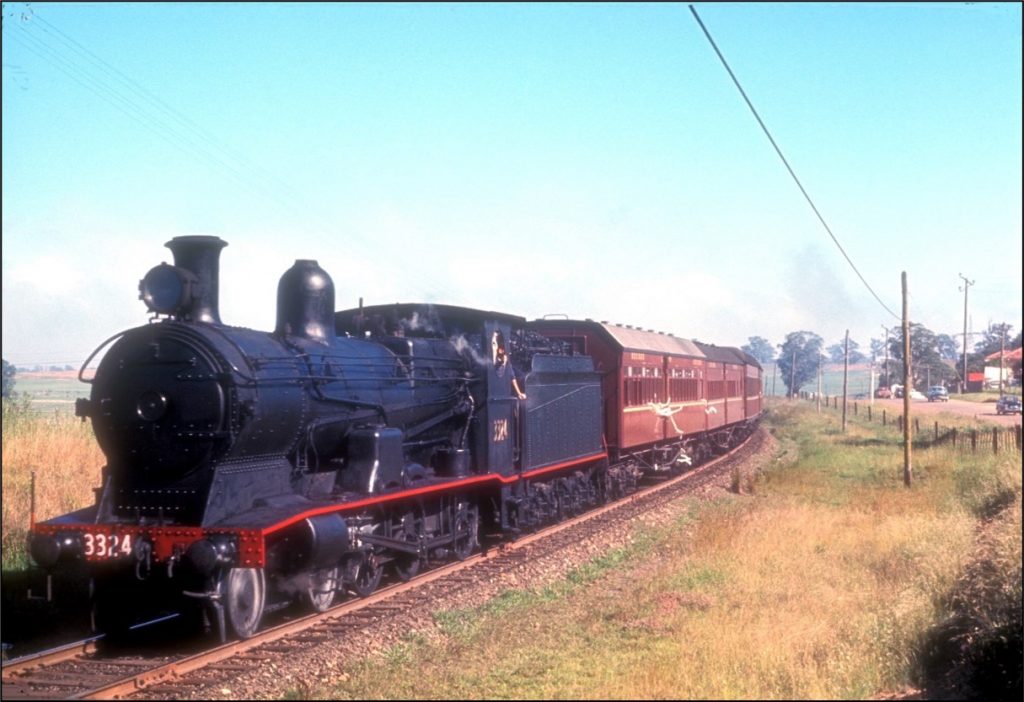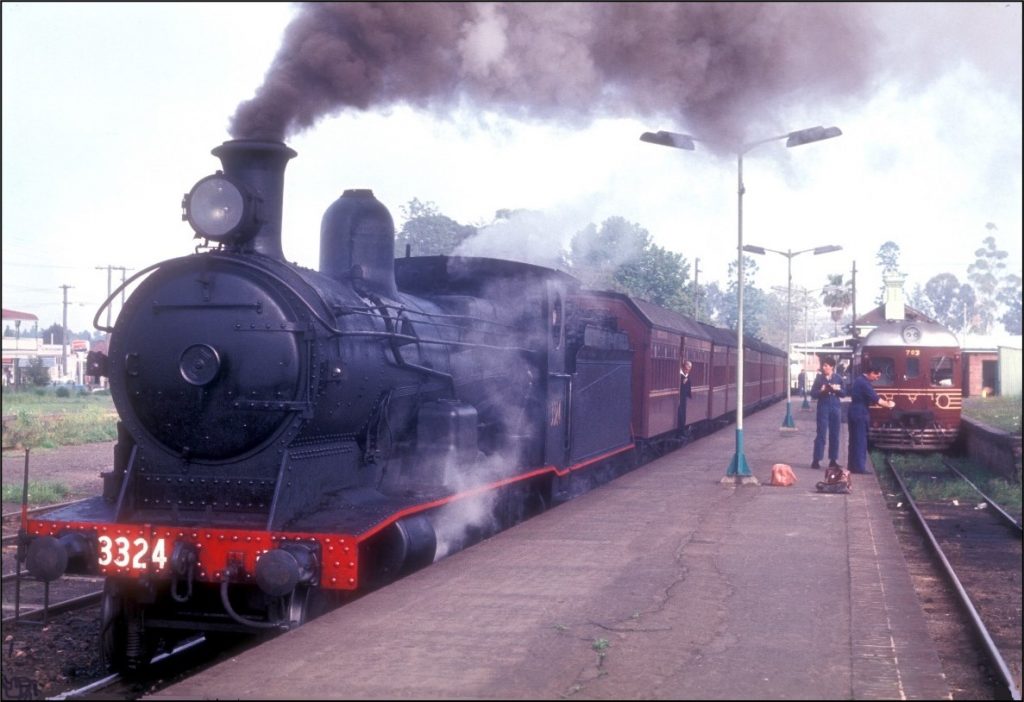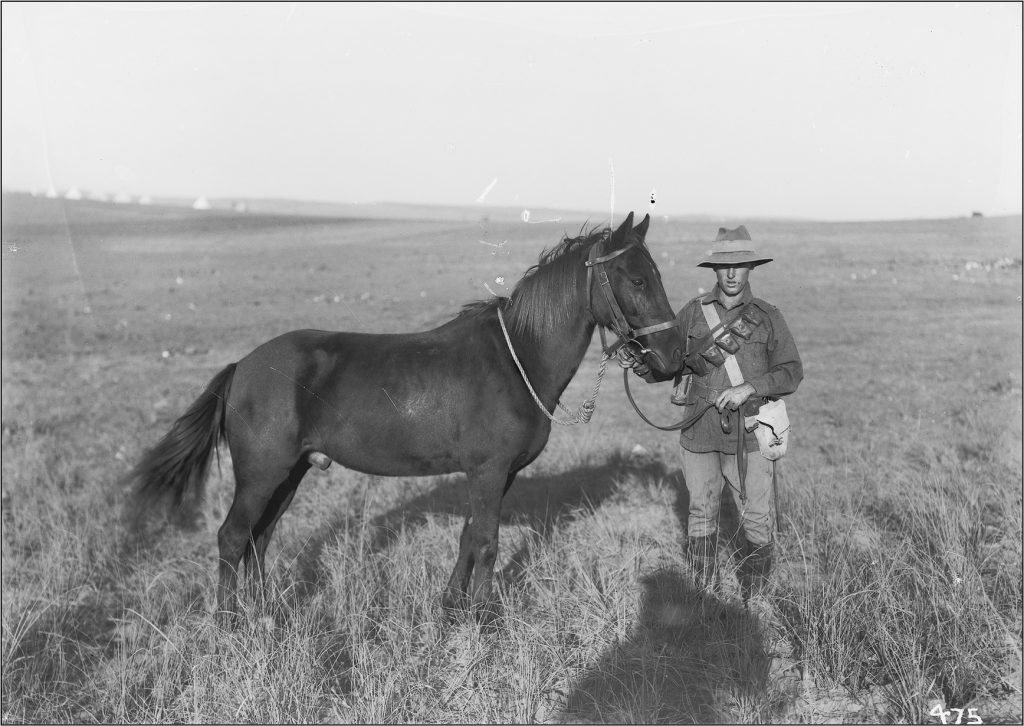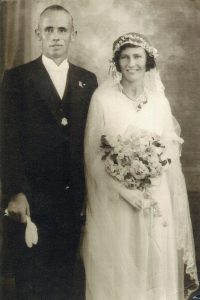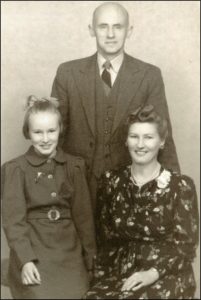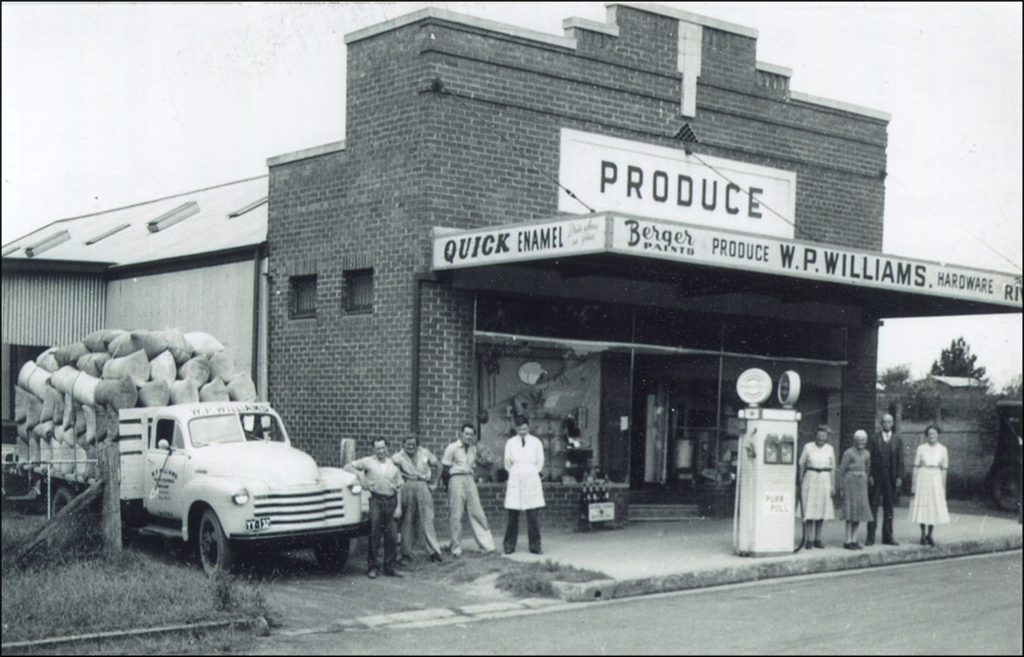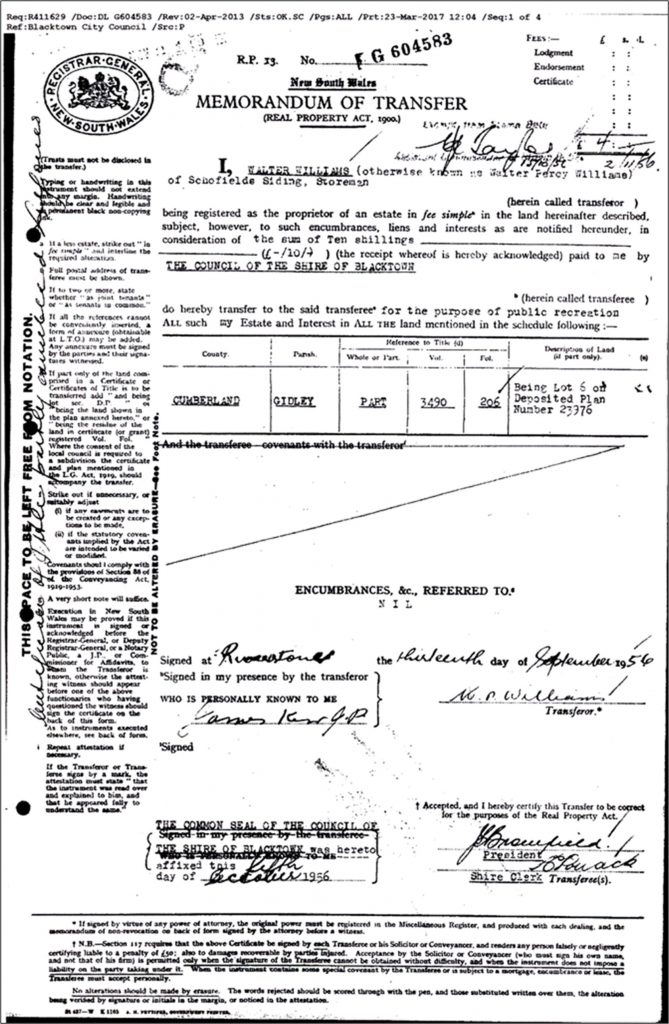by Greg Blackwell
In our 2002 Journal, Clarrie Neal wrote about the Riverstone Pigeon Club. He included the following description of how the pigeons were transported by rail to country destinations:
‘With rail being the only form of travel in those days, the baskets of pigeons were placed on the train at Riverstone and taken to Granville and then transferred to the mail train heading west. In later years a truck was used to take the birds to either Blacktown or Penrith station for loading direct on to the mail train.
The bird baskets were placed in the guard’s van with a bag of feed that was fed to the birds by the guard, who also filled their water tray. At their destination the birds were cared for by the stationmaster until he released them on race day.’
In this article, Greg Blackwell provides more detail on the transport of pigeons based on information from records from the Railways Department.
Clarrie Neale’s very interesting article makes the general statement that the racing/homing pigeons were transported to their point of release by Mail train but, without wanting to be too pedantic, this generally wasn’t the case. As Clarrie recalls, during the late 1950s, the pigeon club at Riverstone was one of the clubs that sent their birds to destinations along the western railway lines each week. (Other clubs, depending on the federation they belonged to, sent their birds south or north.) At the beginning of the season, when the pigeons were only transported a short distance to Mount Victoria or Tarana, they departed Sydney by train late on Friday night. By the end of the season they were being transported as far as Bourke or Broken Hill so they had to leave Sydney late on Tuesday or Wednesday night.
Railways Department documents (Special Train Notices, also known as STNs) indicate that, from 1956 to 1958, the train involved was 9 Sydney to Orange Mixed Train (consisting of passenger and goods vehicles) that departed Sydney Terminal at either 2.45am , 3.35am or 2.55am (the timetable was altered a couple of times) many hours after all the Mail trains had left. On leaving Sydney this train may already have included one or more guard’s vans containing baskets of pigeons. These baskets would have been conveyed to the terminal by a special electric parcel van service that started at Liverpool and picked up baskets from various stations as it made its way to the terminal. 9 Mixed stopped at Granville to attach another one or more vans containing baskets of pigeons and Clarrie has confirmed that some of these baskets were from Riverstone, having been conveyed to Granville earlier by regular passenger train and possibly parcel van services and loaded into the van or vans there.
If the pigeons were going to be liberated at a location before Orange such as Mount Victoria, Newnes Junction or Tarana, the vans were simply shunted onto a siding at this location and 9 Mixed continued on to Orange. If the pigeons needed to be taken further west to Geurie, Nevertire, Girilambone, Byrock or Bourke, the vans were taken on from Orange by one or more other trains, the birds being given food and water en route. Clarrie’s statement that the birds were looked after during the trip by the train guard and later released by the station master is certainly correct with respect to the early decades of the sport when the number of birds being transported was relatively small, however, a former pigeon racer from Wentworthville during the 1950s and 1960s has explained to me that, due to the large number of birds being transported at that time, volunteers such as himself used to travel on the trains with them to look after them and to assist later with the task of releasing the birds. Local residents were often also recruited if necessary and where possible for the latter task. (The accompanying photograph shows that a team of people were required for this.)
The 1957 season commenced with the birds leaving Sydney at 3.35am on Saturday 27 April and being taken only as far as Mount Victoria. The season concluded with the birds leaving Sydney at 2.55am (new timetable) on Thursday 3 October and being taken all the way to Bourke by five different trains – 9 Mixed to Orange, 9 Goods to Dubbo, 65 Goods to Nyngan, 59 Through Mail to Byrock then 59 Mixed to Bourke. At their release point the baskets were stacked on the platform or on the ground in the goods yard near the vans and the birds were released simultaneously at a prearranged time after sunrise.
During the 1957 season, the date the pigeons left Sydney and their destination were as follows, understanding that the train departed around 3.00am so the whole transportation process had actually commenced the previous afternoon or evening:
Sa 27 Apr and 4+11+18 May: Mount Victoria,
Sa 25 May: Newnes Junction,
Fr 31 May +7 Jun: Capertee,
Sa 8+15 Jun: Tarana,
Fr 14+21 Jun: Capertee,
Fr 28 Jun+5 Jul: Mudgee,
Fr 12+19+26 Jul: Geurie,
Th 1+8 Aug: Nevertire,
Th 15+22 Aug: Girilambone,
Th 29 Aug+5 Sep: Byrock,
Th 12+19 Sep: Bourke,
Th 26 Sep+3 Oct: Bourke
In the early 1960s new arrangements were introduced. The vans containing pigeons left Sydney Terminal about 11.00pm. They were hauled to Clyde Sidings and added to a Lithgow-bound goods train (No.599) that departed soon after midnight and stopped at a limited number of suburban stations to load more baskets. The vans were either shunted off the train at Mount Victoria or taken as far as Lithgow by 599 Goods and transferred to other goods trains for conveyance to one of the following locations along the railway line between Orange and Broken Hill: Tarana, Blayney, Parkes, Condobolin, Euabalong West, Roto, Ivanhoe, Menindee or Broken Hill.
The 1961 season commenced with the birds leaving Sydney on Saturday 22 April and being taken only as far as Mount Victoria. The season concluded with the birds leaving Sydney on Wednesday 27 September and being transported to Broken Hill by the following five trains: 599 Goods to Lithgow, 125 Goods to Orange, 7 Goods to Parkes, 39 Goods to Menindee then 33 Mixed to Broken Hill.
In the extract above, Clarrie says, “In later years a truck was used to take the birds to either Blacktown or Penrith station for loading direct on to the mail train.” The train would have in fact been 599 Goods. Special Train Notices tell us that, during 1960, this train was scheduled to stop at Blacktown to pick up more baskets of pigeons (possibly 1959 also but the STNs for this year are missing from the State Records).
During 1961 it was scheduled to do this at Blacktown, Rooty Hill and Penrith but, from 1962 onwards, the available STNs only say Rooty Hill and Penrith. The practice may have ceased altogether during 1965. The last notification in the Railways Department records is for the transport of pigeons to Parkes by the abovementioned trains, leaving Sydney on Thursday 8 July 1965. The sport of pigeon racing continued of course but the birds were now transported from club house to release point by road and, in most if not all cases, the journey would have taken a lot less time.
